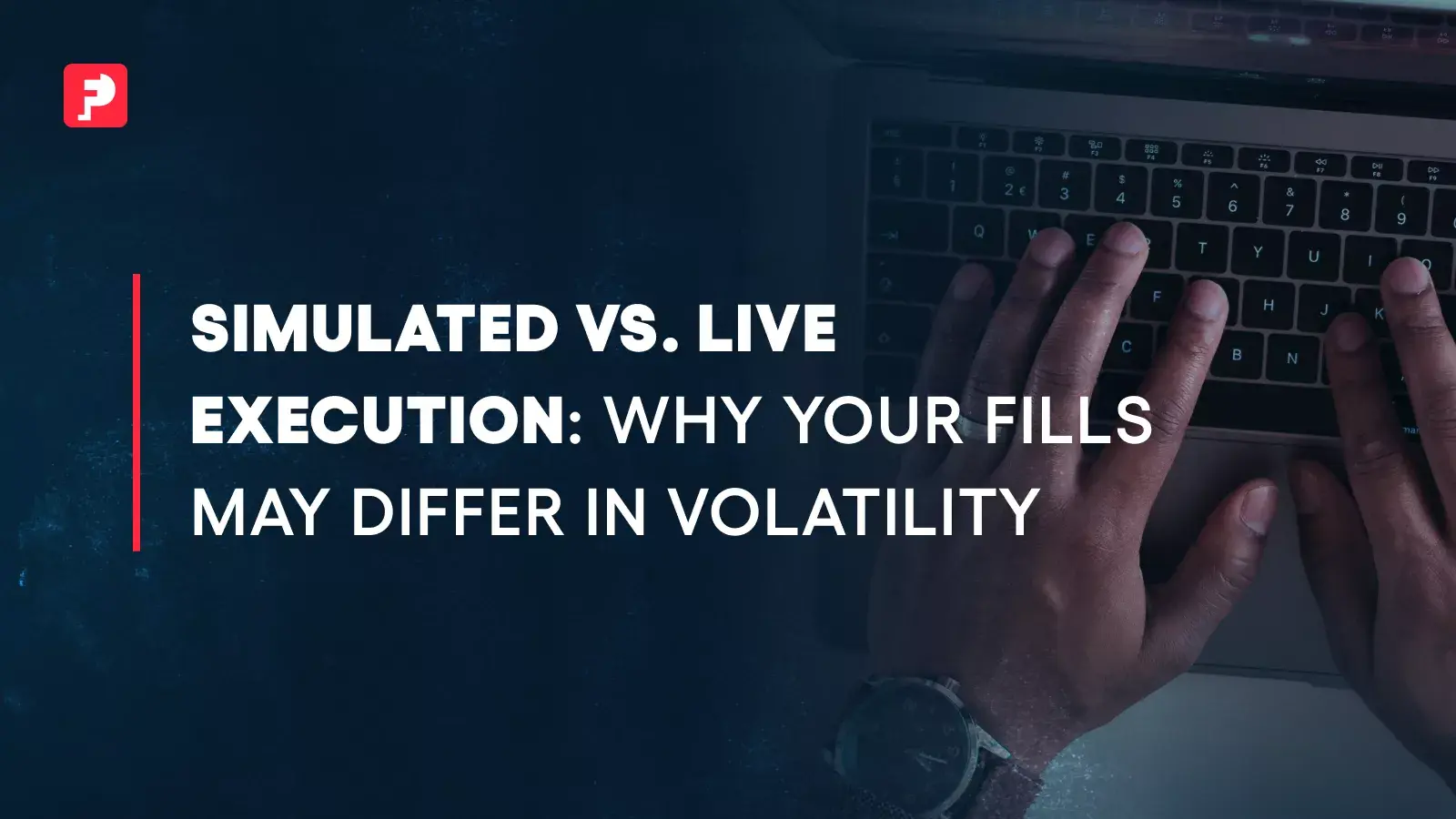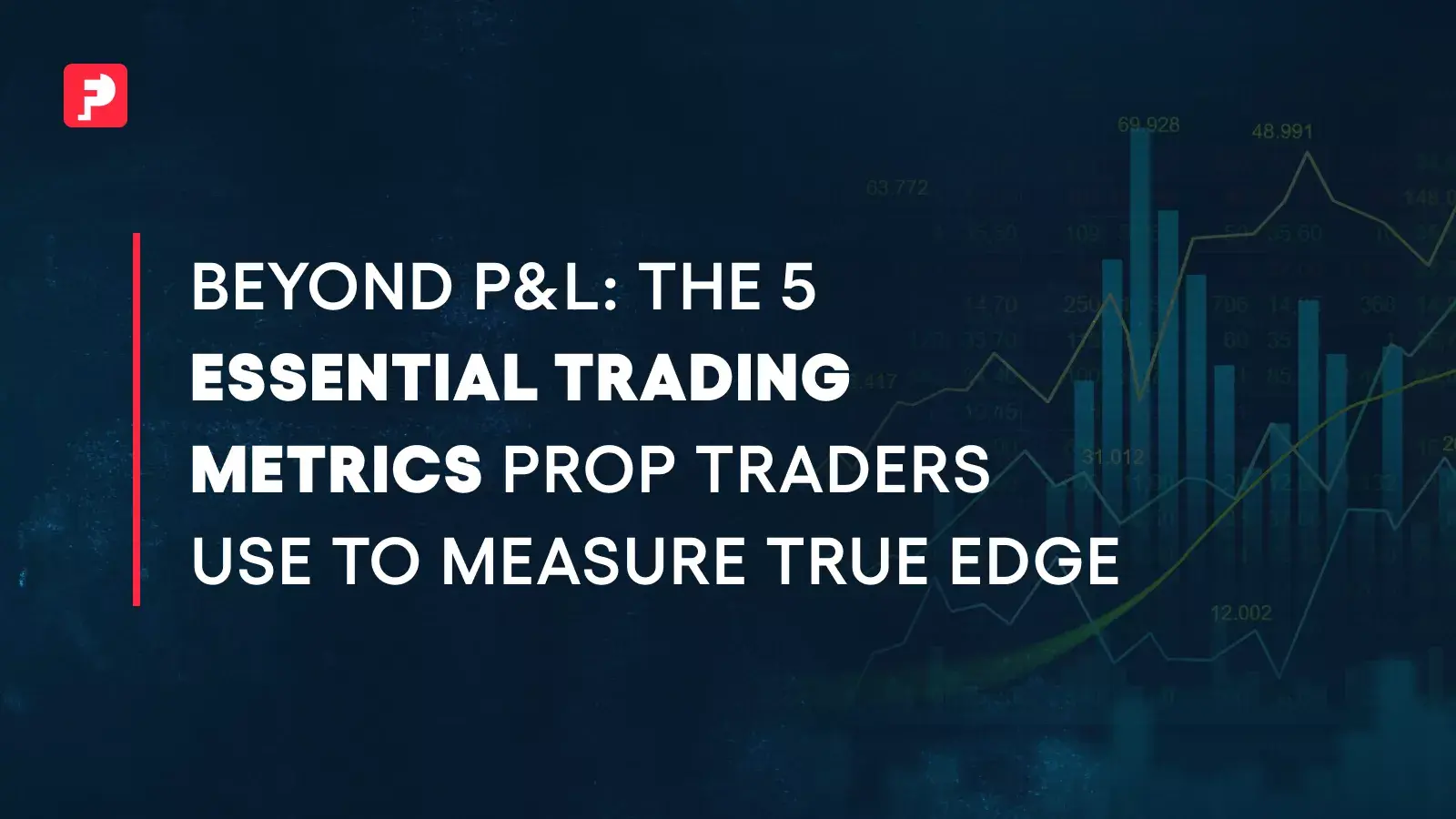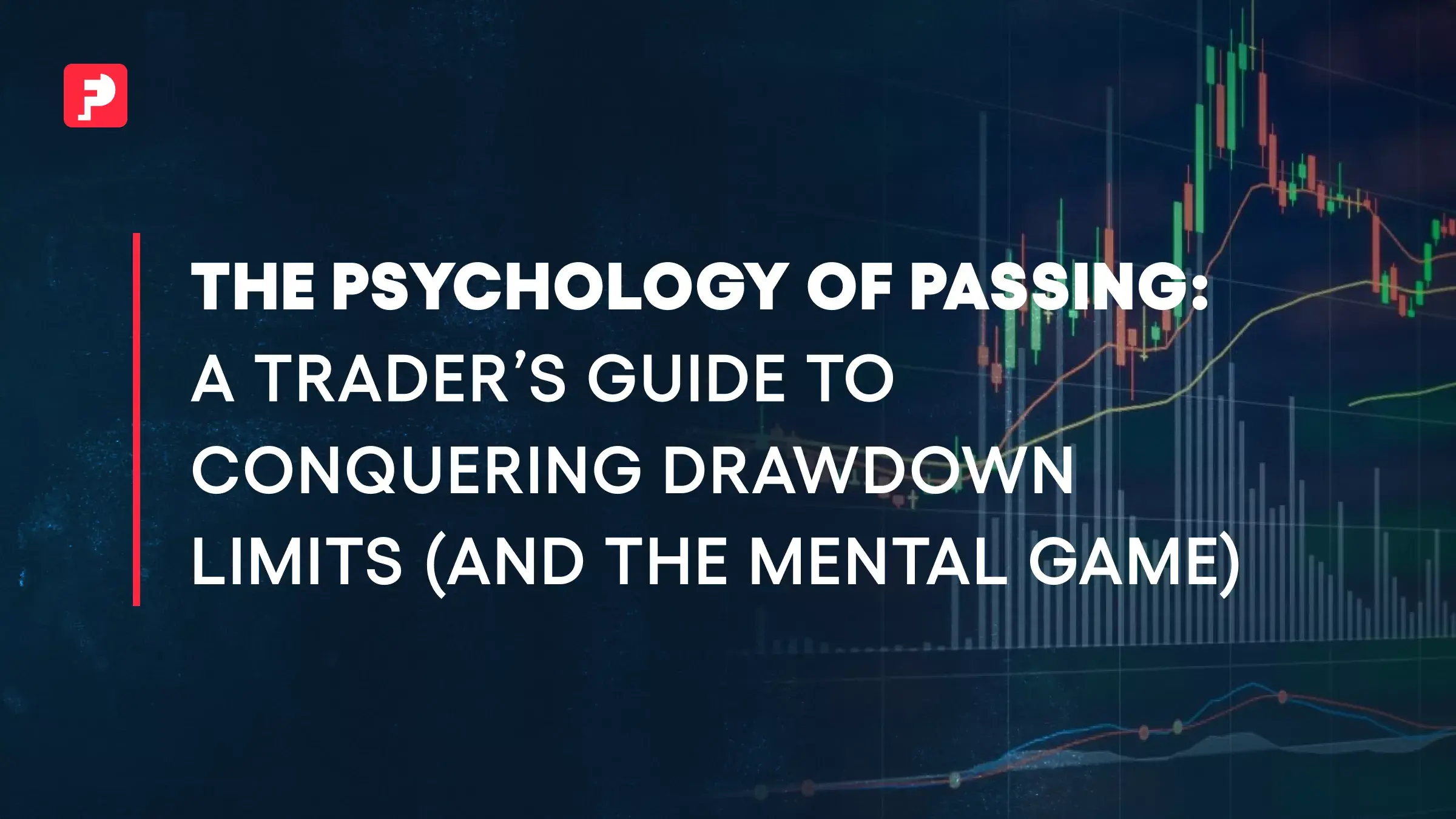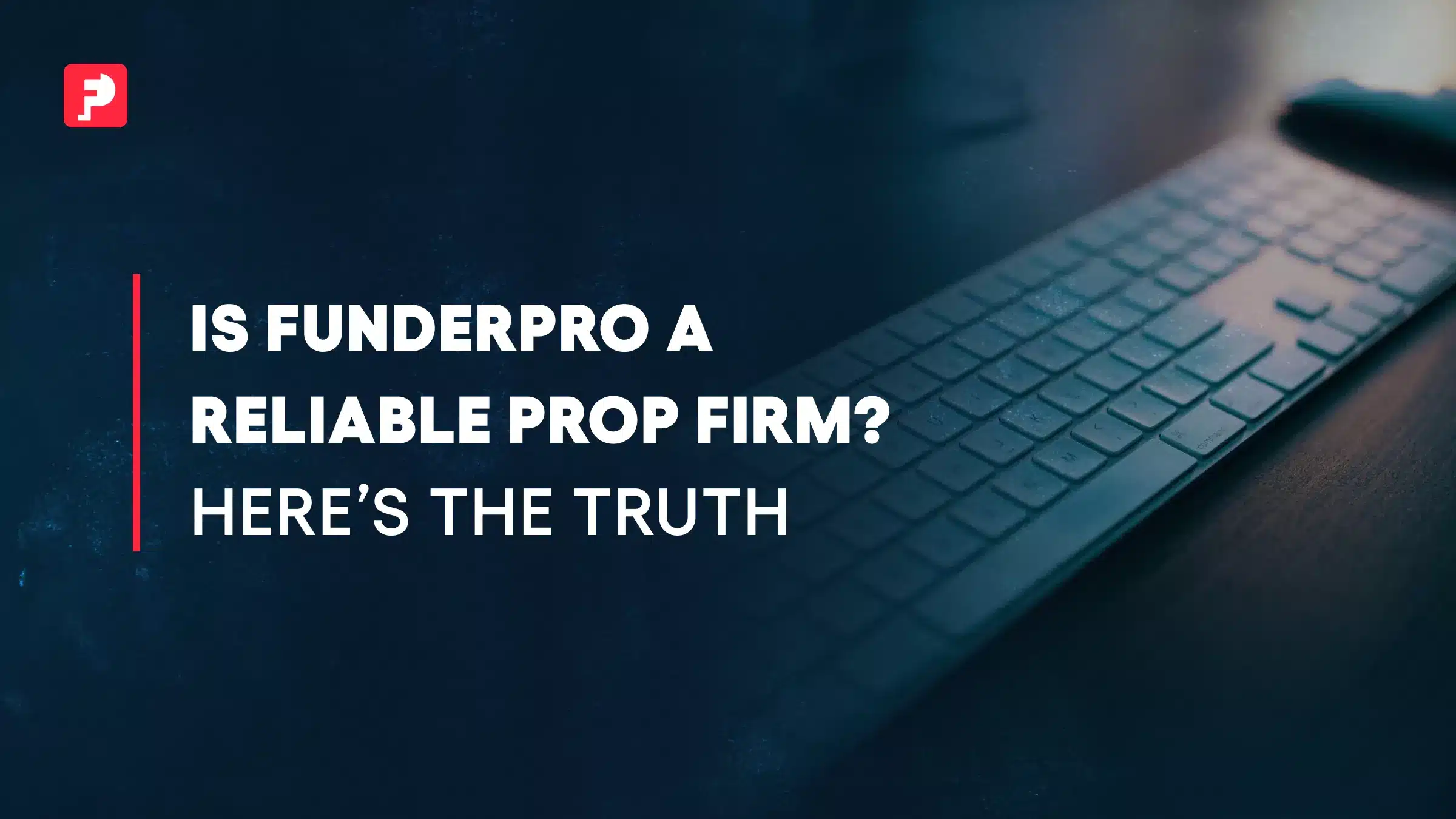When you transition from a demo environment into a real execution model, one of the first changes you notice is your fills. Prices that looked clean and consistent during simulated trading begin to shift during high volatility, and your Market Orders no longer fill at the exact level you expect. This is not a platform issue. It is the natural cost of operating in a fast, decentralized marketplace.
Many firms, including FunderPro, operate in a simulated environment that mirrors as closely as possible real market execution and live price feeds. This removes artificial conditions and prepares traders for real volatility if they choose to transition into live trading accounts later. That transparency helps you build execution discipline early in your development.
Before we explore slippage deeply, you may also find this helpful: Paper Trading: What It Is, How It Works, and Is It Useful?
FunderPro mirrors real market pricing and execution from day one, helping traders build discipline early. 👉 How it Works?
The Illusion of Perfect Demo Fills
A simulated environment teaches structure, analysis, and risk, but it does not reflect every micro detail of execution. Most demo platforms assume two things:
Zero Latency
Orders appear instant. No delay exists between clicking and routing to a server. In real execution, even a small Latency window can shift the price before your order reaches the liquidity provider.
Infinite Market Depth
Simulators behave as if enough volume is always available at your exact price. Whether you place one lot or ten, fills are instant and complete.
These assumptions create what many traders call the perfect fill illusion, which disappears the moment volatility increases in environments built to mirror real pricing feeds.
For more depth on order book mechanics, see Best Trading Resources: The Ultimate Guide which includes detailed tools for execution analysis.
What Slippage Really Means
Slippage is the difference between your intended execution price and your actual fill price. It exists in every real execution model, and it can be positive or negative.
Negative Slippage
Your order fills at a worse price than intended.
Positive Slippage
Your order fills at a better price than intended.
These outcomes come from:
Latency
The unavoidable delay between your platform and the liquidity provider.
During volatility, prices can move several pips inside this delay.
Liquidity and Market Depth
If Liquidity at the best price is insufficient to complete your order, the remaining volume fills at the next available levels.
To understand how this influences trader outcomes, see Dynamic Risk Management for Prop Traders.
Why Volatility Magnifies Slippage
Slippage is always present, but volatility determines whether it is mild or severe.
Low Volatility
Prices move slowly. Market Orders often fill close to the requested price.
High Volatility
Prices move several pips per second.
Your Latency window becomes enough time for prices to shift noticeably.
Liquidity providers also adjust during volatility:
- Spreads widen
- Liquidity thins
- Some quotes are temporarily pulled
This combination increases the probability and magnitude of slippage.
To understand how prop traders prepare for volatile sessions, see News Trading in Prop Firms: What Rules You Must Follow.
Market Order vs Limit Order: Your Most Important Choice
Your order type is the most powerful tool you have for controlling execution.
Market Order
Fast execution, no guaranteed price.
Most exposed to negative slippage.
Limit Order
Guaranteed price, no guaranteed execution.
Protects you from negative slippage but may miss the trade.
To improve your workflow, review Types of Stop Loss and How to Get the Most Out of Them, which explains execution behaviour around Stop Market and Limit structures.
Practical Ways to Reduce Slippage
Professional traders treat execution risk with the same seriousness as position sizing. Here are four practical improvements:
- Use Limit Orders During High-Impact Events
Ahead of central bank meetings or major news, avoid Market Orders.
Limit Orders protect capital when slippage spikes.
- Reduce Latency With a Strong Technical Setup
Small improvements matter:
- Use wired internet
- Consider a VPS close to your broker
- Close background apps
Lower Latency leads to more consistent fills.
- Use Maximum Deviation Settings
Most platforms allow you to set a maximum acceptable slippage.
If the market moves beyond this tolerance, the order is rejected.
- Backtest With Realistic Execution Costs
A robust strategy remains profitable even with slippage added.
Conclusion: Slippage Is a Market Reality, Not a Problem
You cannot remove slippage. You can only understand it, respect it, and manage it.
FunderPro operates in a simulated environment designed to mirror real execution and live pricing as closely as possible. This prepares traders for real volatility without exposing them to unexpected execution changes later.
Once you account for Liquidity, Latency, and volatility, you shift from theoretical performance to realistic execution planning. That is where consistency is built.
To strengthen your foundation, explore Mastering Prop Firm Drawdown Rules.
Begin your evaluation and build consistency in an environment that mirrors true market conditions. 👉 Start Your Challenge!





